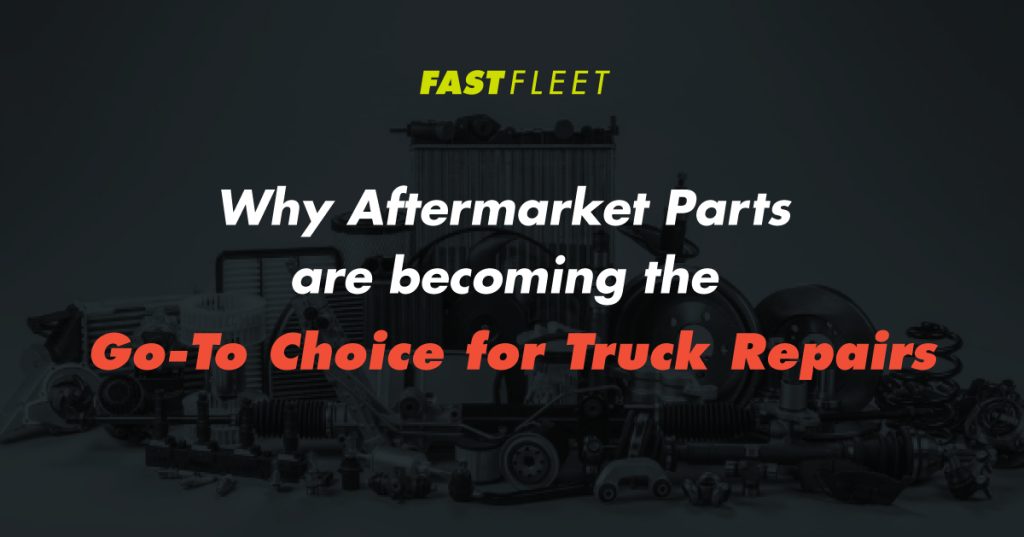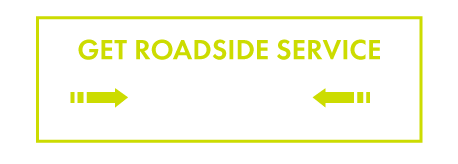The trucking industry is witnessing a significant shift towards the use of aftermarket parts for vehicle repairs and maintenance.
This trend is driven by the numerous benefits that aftermarket parts offer, including cost savings, durability, and a wide range of options.
Fleet operators are increasingly turning to these parts to keep their vehicles running efficiently without breaking the bank.
This article explores the increasing popularity of aftermarket parts for truck repairs, emphasizing their cost-effectiveness and durability, and why they are becoming the preferred choice for fleet operators.
Understanding Aftermarket Parts
Aftermarket parts are components made by companies other than the original equipment manufacturer (OEM).
Unlike OEM parts, which are produced by the vehicle’s manufacturer, aftermarket parts are created by third-party companies and are designed to fit and function like the original parts.
These parts are often used for repairs and maintenance because they are typically less expensive than OEM parts and are widely available.
The aftermarket parts industry has grown significantly over the past few decades. Initially, aftermarket parts were seen as lower-quality alternatives to OEM parts.
However, advancements in manufacturing technologies and increased competition have led to significant improvements in the quality and reliability of aftermarket parts.
Key milestones in the industry’s growth include the introduction of stricter quality standards and the development of parts that meet or exceed OEM specifications.
Benefits of Aftermarket Parts
Cost-Effectiveness:
One of the primary reasons fleet operators choose aftermarket parts is their cost-effectiveness.
Aftermarket parts are generally more affordable than OEM parts, offering substantial savings.
For instance, a study by FleetOwner highlighted that using aftermarket brake pads can save up to 30% compared to OEM pads.
These savings are critical for fleet operators managing tight budgets and looking to reduce maintenance costs.
Durability and Performance:
High-quality aftermarket parts are designed to be as durable as OEM parts, if not more so.
Many aftermarket manufacturers use advanced materials and innovative designs to enhance the performance and longevity of their products.
Testimonials from fleet operators often highlight improved vehicle performance and reduced downtime as significant benefits of using aftermarket parts.
Wide Range of Options:
The aftermarket industry offers an extensive range of parts, allowing for customization and specific needs.
This variety is particularly beneficial for maintaining older vehicles that might no longer have OEM parts available.
Fleet operators can choose from a wide selection of parts, ensuring they find components that meet their exact requirements.
Maintaining Older Vehicles:
Older trucks often face the challenge of finding OEM parts as manufacturers discontinue production.
Aftermarket parts fill this gap by providing alternatives that keep these vehicles operational.
For example, aftermarket suppliers like Dorman Products specialize in hard-to-find parts for older models, ensuring fleet longevity and operational continuity.
The rising trend of using aftermarket parts in the trucking industry is driven by their cost-effectiveness, durability, and wide range of options.
Fleet operators benefit from significant cost savings, enhanced vehicle performance, and the ability to maintain older vehicles.
As the quality of aftermarket parts continues to improve, their adoption is likely to increase, solidifying their place as a reliable alternative to OEM parts.
By choosing reputable aftermarket suppliers and ensuring proper maintenance practices, fleet operators can achieve operational efficiency and longevity for their vehicles.
Common Myths and Misconceptions
Quality Concerns
One of the most pervasive myths about aftermarket parts is that they are inferior in quality to OEM parts. This misconception stems from the early days of the aftermarket industry when quality control was less stringent. However, the industry has evolved significantly, with many aftermarket manufacturers adhering to rigorous quality standards.
Debunking the Myths:
- Evidence and studies: Numerous studies and reports indicate that reputable aftermarket parts often meet or exceed OEM standards. For example, a study by the Automotive Aftermarket Suppliers Association (AASA) found that high-quality aftermarket parts can perform equally well as OEM parts in terms of durability and reliability.
- High standards: Companies like Dorman Products and BorgWarner are known for their stringent quality control processes, ensuring that their parts are reliable and durable. These manufacturers invest heavily in research and development to produce parts that are not only cost-effective but also of high quality.
Warranty Issues
Another common concern is that using aftermarket parts may void vehicle warranties. While this is a valid concern, it is often based on misunderstandings about warranty laws and the rights of consumers.
Clarifying the Concerns:
- Magnuson-Moss Warranty Act: This U.S. federal law prohibits manufacturers from voiding warranties simply because aftermarket parts are used. As long as the aftermarket part does not cause damage to the vehicle, the warranty remains intact.
- Conditions for warranty validity: Ensure that aftermarket parts are installed correctly and used appropriately. Documenting the installation and maintenance processes can help in case of warranty claims.
- Navigating warranty claims: If a warranty claim is disputed, the burden of proof lies with the manufacturer to demonstrate that the aftermarket part caused the issue. Keeping detailed records of parts and maintenance can support your case.
Choosing the Right Aftermarket Parts
Selecting Reputable Brands
Choosing the right aftermarket parts begins with selecting reputable manufacturers. Reliable brands offer high-quality products and adhere to strict manufacturing standards.
Criteria for Selection:
- Reputation and reviews: Look for brands with positive reviews and strong reputations in the industry. Online forums, trade publications, and customer testimonials can provide valuable insights.
- Certifications and standards: Ensure that the manufacturer complies with industry standards and certifications, such as ISO 9001.
Trusted Aftermarket Brands:
- Dorman products: Known for their extensive range of hard-to-find parts and commitment to quality.
- BorgWarner: Offers high-performance components and is recognized for innovation in the automotive industry.
- Bosch: A well-respected name in both OEM and aftermarket parts, known for their rigorous quality standards.
Steps to Ensure Compatibility:
- Check specifications: Compare the specifications of the aftermarket part with the OEM part to ensure compatibility. This includes dimensions, materials, and performance characteristics.
- Consult manufacturer guides: Use compatibility guides and catalogs provided by aftermarket manufacturers. These resources often include detailed information about which parts fit specific vehicle models.
- Verify authenticity: Purchase parts from authorized dealers or directly from the manufacturer to avoid counterfeit products. Authentic parts come with warranties and support from the manufacturer.
Using aftermarket parts for truck repairs offers numerous benefits, including significant cost savings, enhanced durability, and a wide range of options.
Reputable aftermarket manufacturers produce high-quality parts that meet or exceed OEM standards, debunking common myths about their quality.
Additionally, using aftermarket parts does not void warranties, provided they are installed correctly and documented appropriately.
The long-term advantages of using aftermarket parts for fleet operators are substantial. Not only do they provide a cost-effective solution for maintenance and repairs, but they also contribute to improved vehicle performance and reduced downtime.
Fleet operators should consider integrating aftermarket parts into their maintenance strategies to enhance operational efficiency and sustainability.
When it comes to keeping your fleet compliant and operational, having a reliable partner is crucial. Fast Fleet offers 24/7 roadside repair services to ensure your fleet remains on the road, even in emergencies.
Our expert technicians are always ready to assist, minimizing downtime and helping you maintain compliance with the new emissions standards.
Don’t wait until it’s too late. Contact Fast Fleet today to schedule services or consultations. Ensure your fleet is always road-ready and compliant with the new emissions standards.
Visit our website or call us to learn more about how Fast Fleet can support your operations.
















